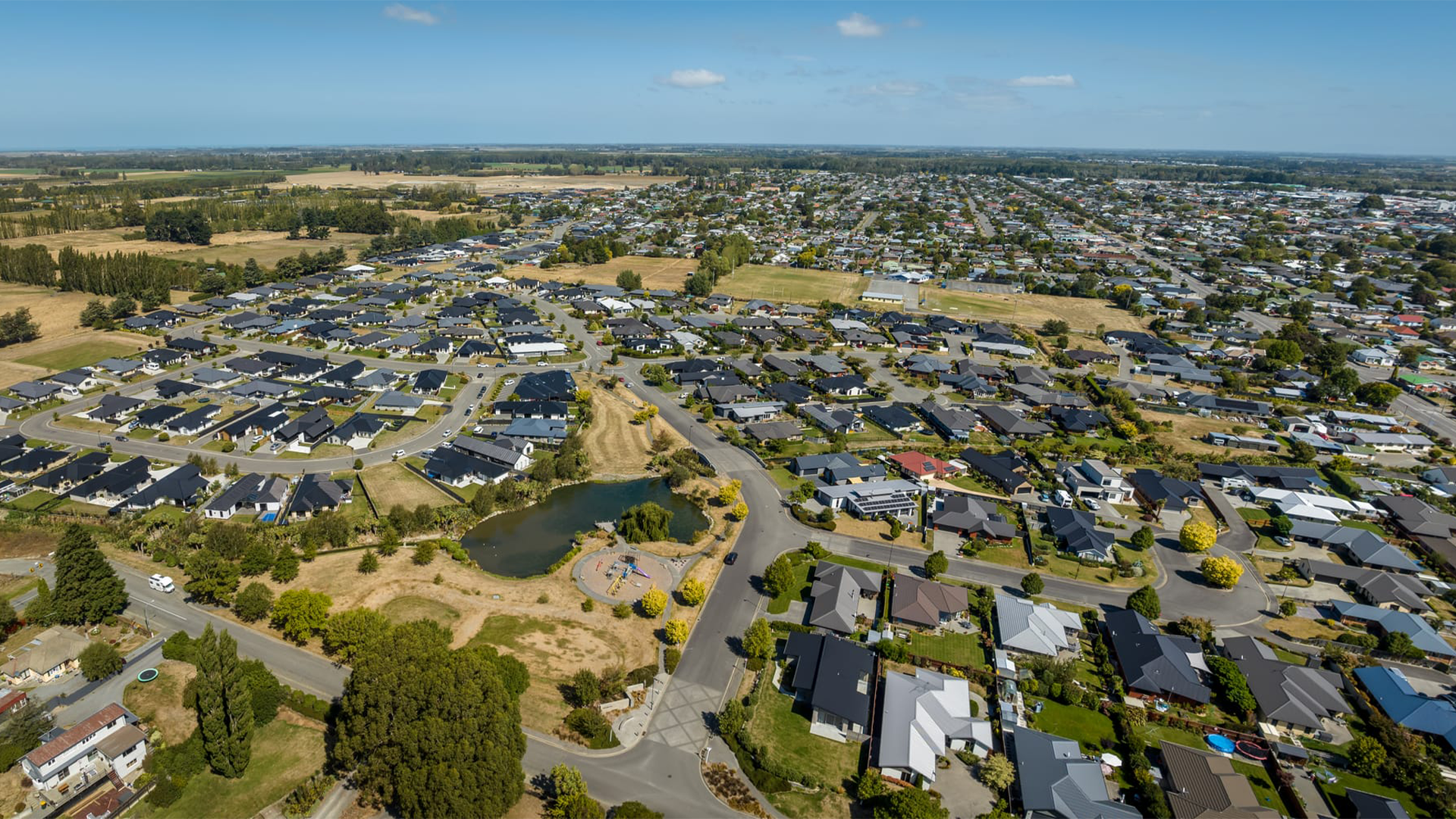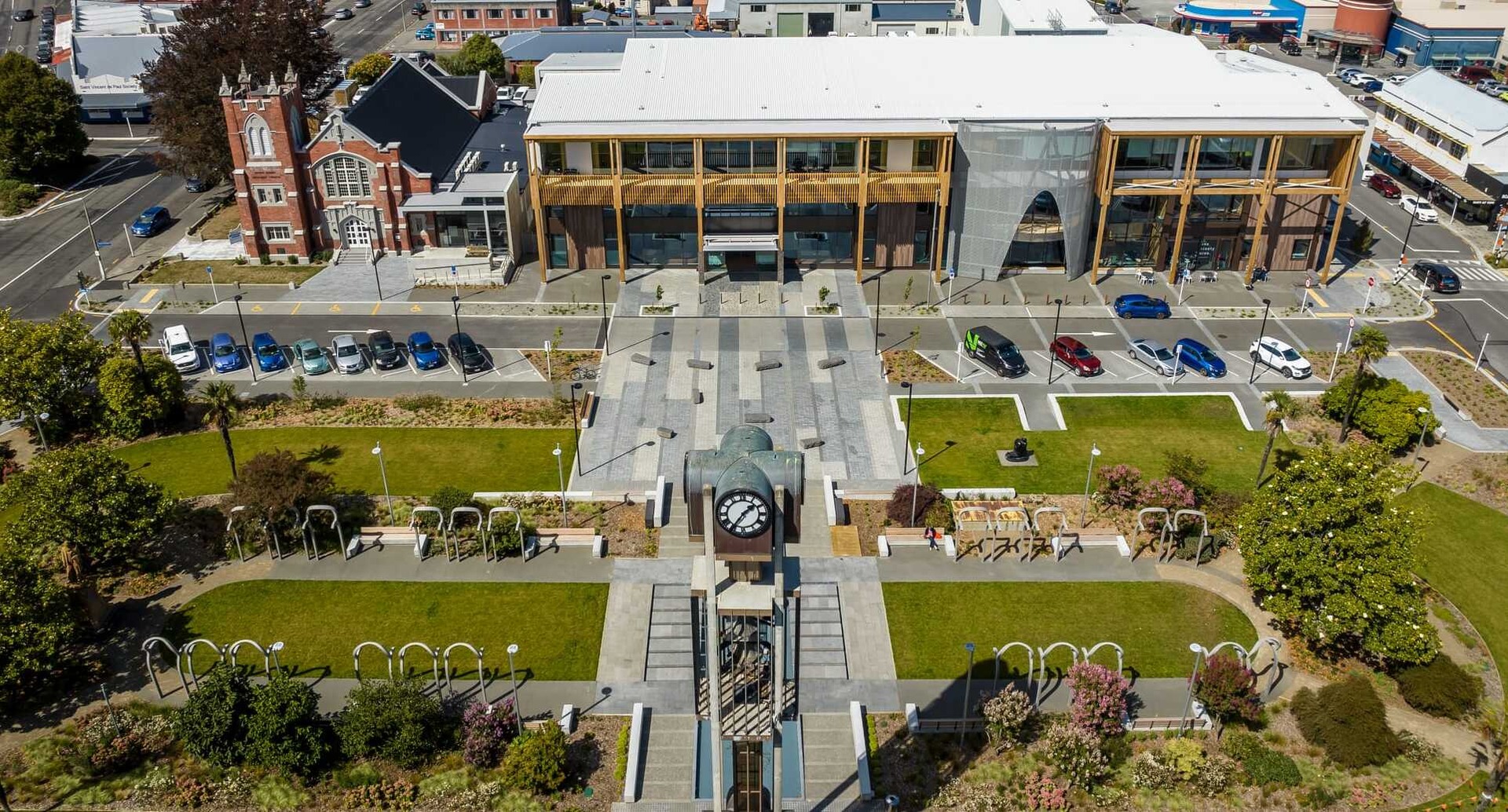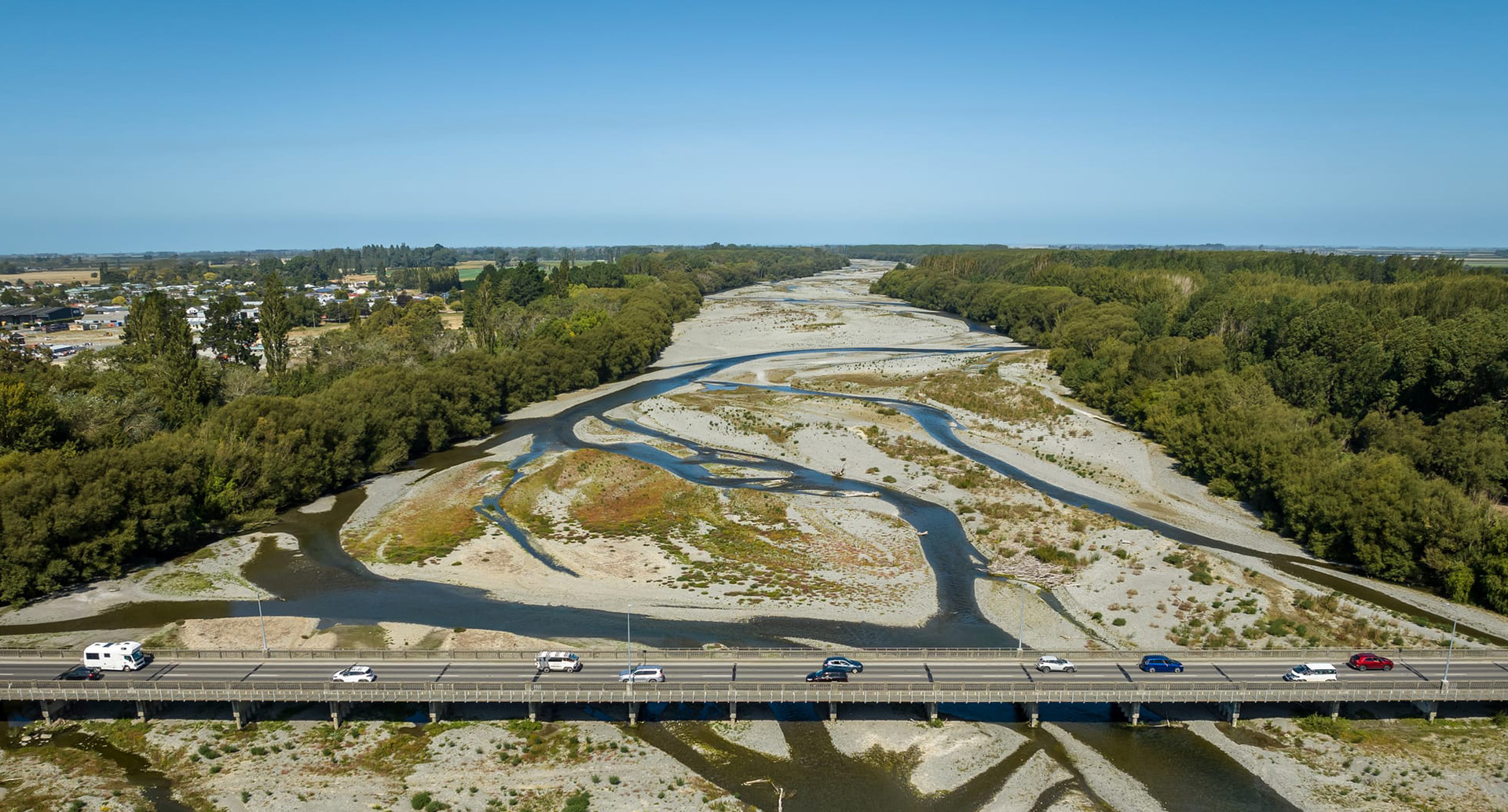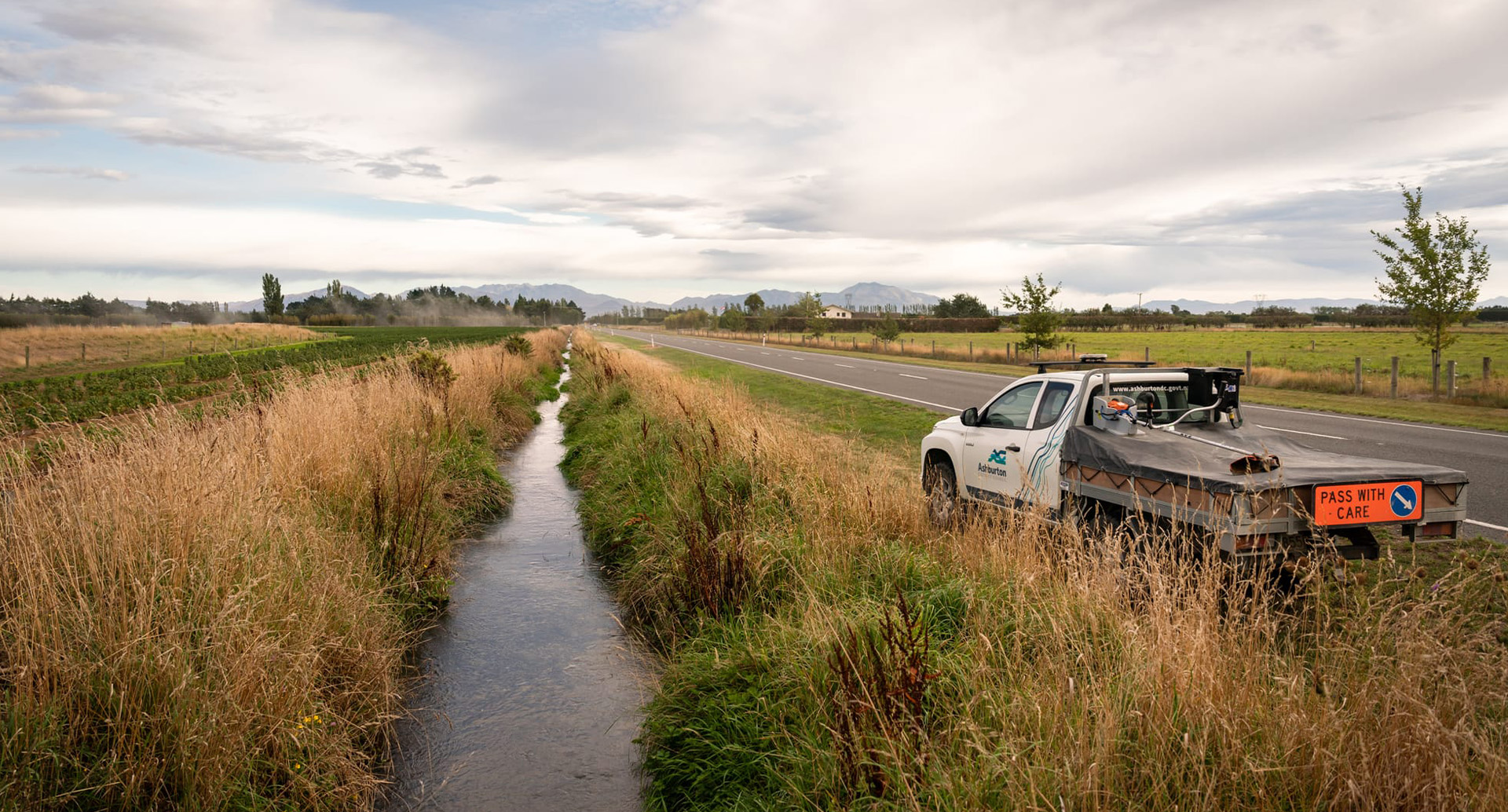ADC joins conservation effort in Rakaia Gorge
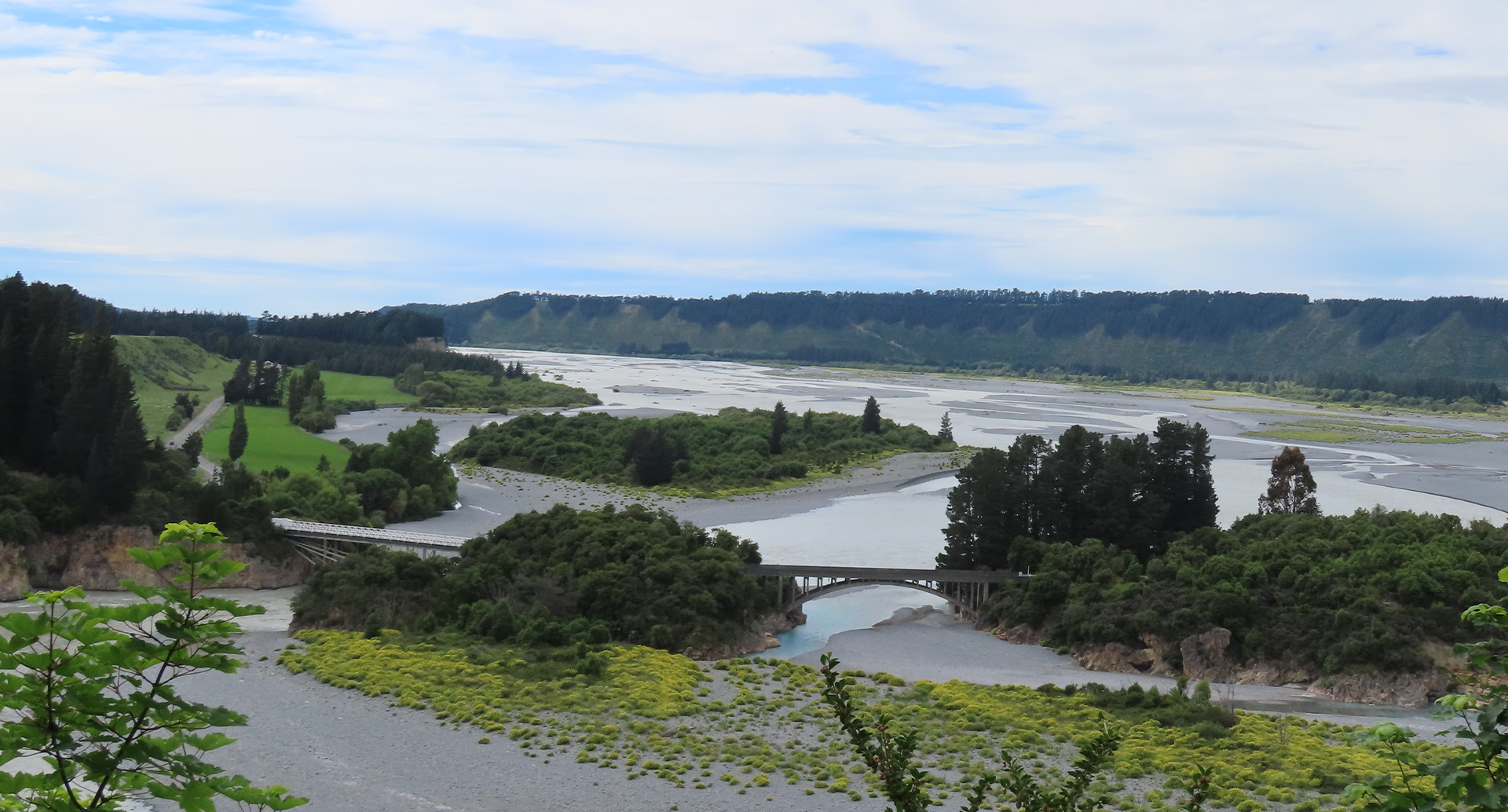
Several old-man pines will be removed from the southern side of the Rakaia Gorge bridge later this month as part of an intensive weed control project to help protect the area’s rare and precious native plants and trees.
Ashburton District Council has joined private landowners, the Selwyn District Council and Environment Canterbury for the project, which is being carried out over four years.
The gorge is rich in native biodiversity, especially Rakaia Island (a Significant Natural Area site), which is immediately adjacent to the area where the old man pines will be removed.
The project site is already designated as an area of significant conservation value under the Ashburton council’s District plan, and enhancing the biodiversity means preserving the value further and removing invading weed seed sources.
Community Services Group Manager Steve Fabish said the work was being done in consultation with Council’s ecologist/biodiversity advisor.
“Removing the pines will directly protect the island from invasion. The area will be replanted with natives, though the pine stumps will remain until the natives are established to help control erosion.”
The pines are planned to be removed in late October and Council’s campground on the southern side of the gorge, and State Highway 77 will be closed at times while the work is happening.
An ecological assessment of the gorge in 2019 found at least 16 threatened and at-risk native plants species, including pink broom and Rōhutu/Myrtle, both nationally critical.
Wilding conifers (pines), cotoneaster, sycamore and cherry trees were identified as weed pests and are now being targeted through the collaborative efforts of landowners, the territorial authorities and other agencies.
The Rakaia Gorge in general is one of the few remaining examples of relatively unmodified lower montane forest in Canterbury, and the ecosystems protected as a result of this Rakaia weed management project include lower montane forest, wetland, braided river habitat, grey scrubland and tussock land.
You can read more about the project here.
Share this article
Latest News
Consent numbers reflect busy year for building services
Council services over the 2025-26 holiday period
Financial outlook AA+ for Council
Second Ashburton Bridge: Update 19 December 2025
Business awards finalists announced
Road Closures
THOMPSONS TRACK
from 12 Jan 7:00 to 31 Mar 18:00
MAYFIELD VALETTA ROAD
from 12 Jan 8:00 to 28 Feb 18:00
WINTERS ROAD
from 13 Jan 7:00 to 3 Feb 18:00
WALNUT AVENUE
from 6 Dec 10:00 to 6 Dec 15:00
View all Road Closures | Live map
